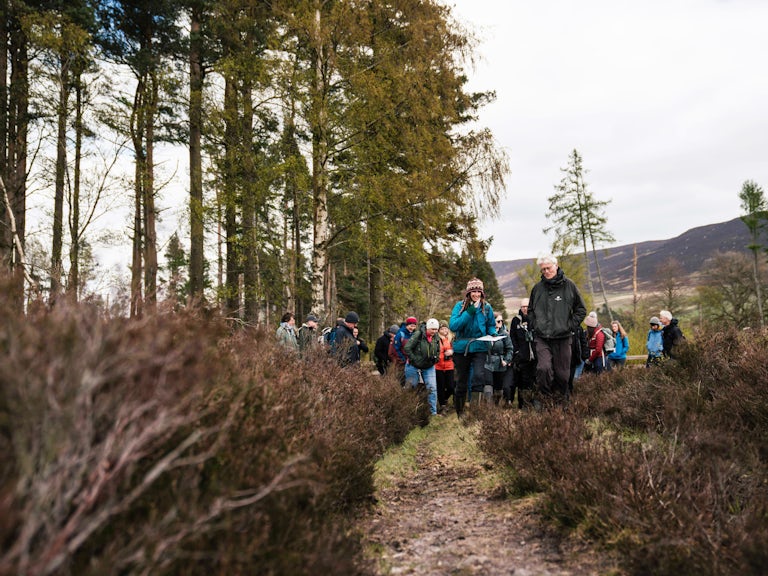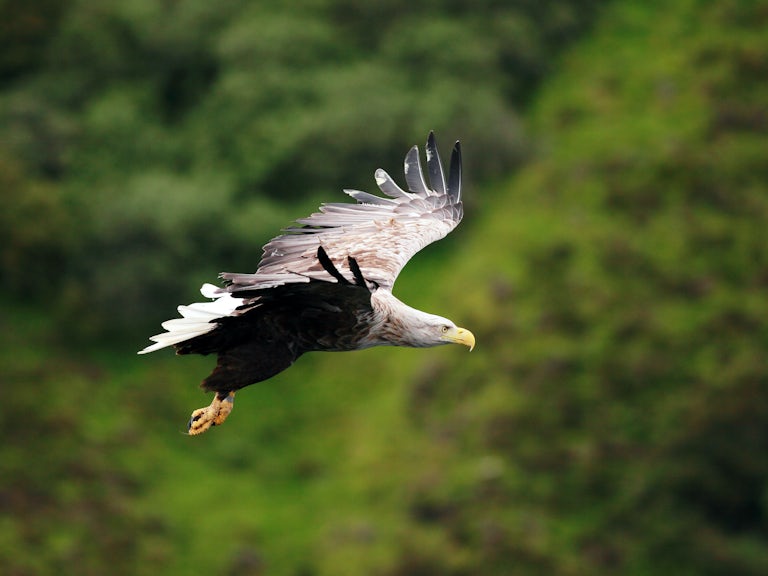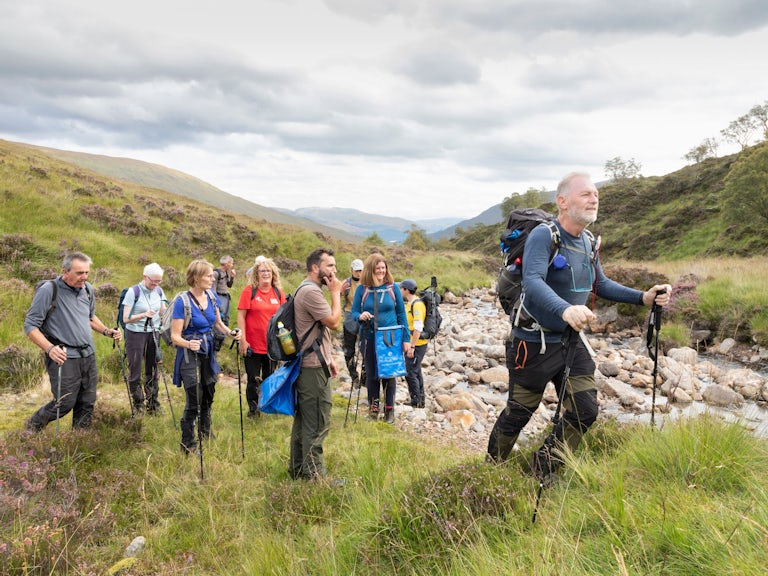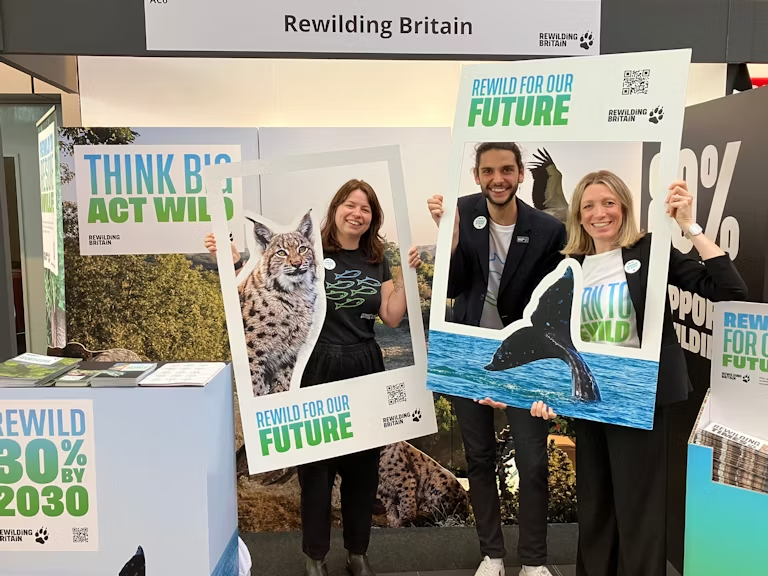How wild forces can change our world
Could extraordinary keystone species that once shaped post-glacial Britain – from boar to bison, lynx to grey whales – be the key to preventing the climate emergency and extinction crisis? We spoke to naturalist and rewilder Ben Macdonald, who’s just published Cornerstones, a new book on the subject, to find out.
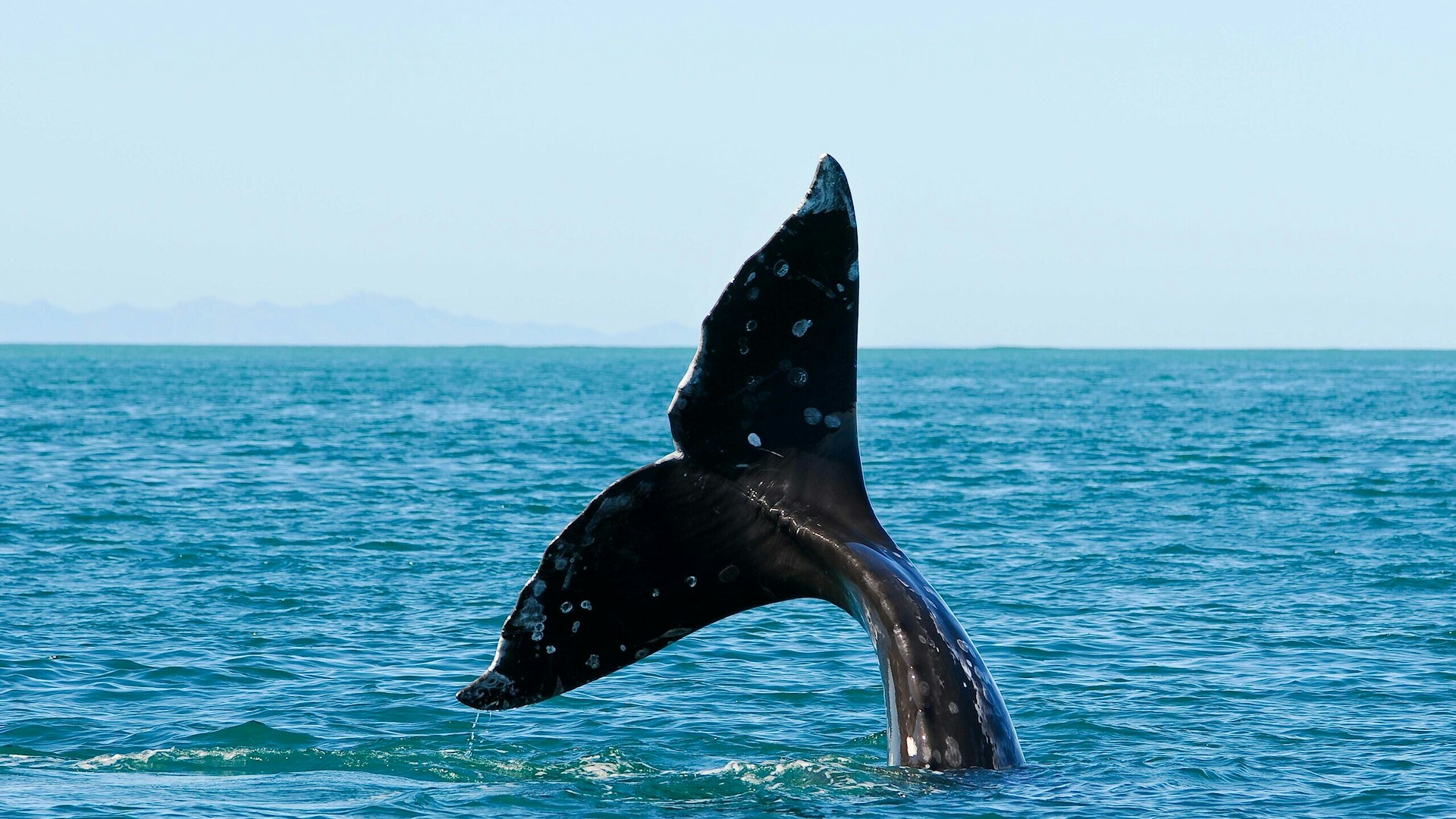
Published 14/07/2022
You touched upon cornerstone species in your previous book Rebirding. Why did you develop the idea further?
In the UK we’ve lost most of our biodiversity and many of our ecosystem processes. Whether that’s beaver-crafted floodplains, lynx hunting in woodlands, or coastlines dominated by grey whales.
Many people have not only forgotten that we used to have some of these animals, but they’ve also either forgotten or never known in the first place what these animals do. Lynx, for example, are not just passive animals that live within woodlands like some kind of ecological exhibit; these are animals that actively shape ecosystems to maximal advantage, and have done so for millions of years.
Some people have finally started to realise the importance of these species, the idea that not all species are the same when it comes to their ability to create life, and I thought it would be a fascinating thing to write a book about.
What are ‘cornerstone species’ and how did you come up with a shortlist for the book?
Cornerstone species are what some people call ‘keystone species’ or even ‘keystone families’. I like to call them ‘wild forces’. These are species that are either still within the UK, gradually returning, or completely absent. Species which in my view would do incredible things if we brought them back.
The beaver is a very famous example because there was nothing quite like a beaver. When it was around (until about 400 years ago), there was only one species that fulfilled the role carried out by beavers [creating dams, slowing flooding]. Likewise, there was only one species that fulfilled the role carried out by the wild boar [breaking up the soil and creating wallows that form small wetlands]. They are ecosystem singularities.
In the book I go on to explore other ‘wild forces’ in each chapter, including whales and their impact on our seabirds, lynx and their positive effect on ground-nesting birds and how goshawks can support hawfinch recovery by keeping jay numbers down. I also explore the impact of trees as one collective force that shapes the natural world.
“By taking away the beaver, we’ve been left with the awful task of replicating hundreds and hundreds of different habitats at huge expense.”
What can we learn from other places where the natural processes created by keystone species have been allowed to continue?
The place seared into my imagination is the Luangwa Valley in Zambia, which has changed remarkably little in the last 10,000 years and never lost its giant animals. You’ll find so many different families of birds there which here in the UK we associate with very manmade habitats. You’ll find stone curlews nesting in elephant wallows by river beds, and red-backed shrikes following giraffes and buffalo around because they’re kicking up insects.
And you begin to see all these birds that are in trouble in the UK, such as turtle doves, in a completely different context. You realise that, before farmland caused many of these soil disruptions, species such as stone curlews and turtle doves would have followed in the wake of British animals as well, such as aurochs. The functionality of these thriving ecosystems in Zambia is absolutely nothing like the sort of managed conservation pockets that we have here in the UK.
Closer to home, I looked at the ecology of declining butterflies like the chequered skipper or large copper and discovered that most of them are perfectly suited to the mosaic environments created by a beaver pond. And if you go to somewhere like Estonia, you’ll find all of these species quite commonly within that beaver pond environment. By taking away the beaver, we’ve been left with the awful task of replicating hundreds and hundreds of different habitats at huge expense.
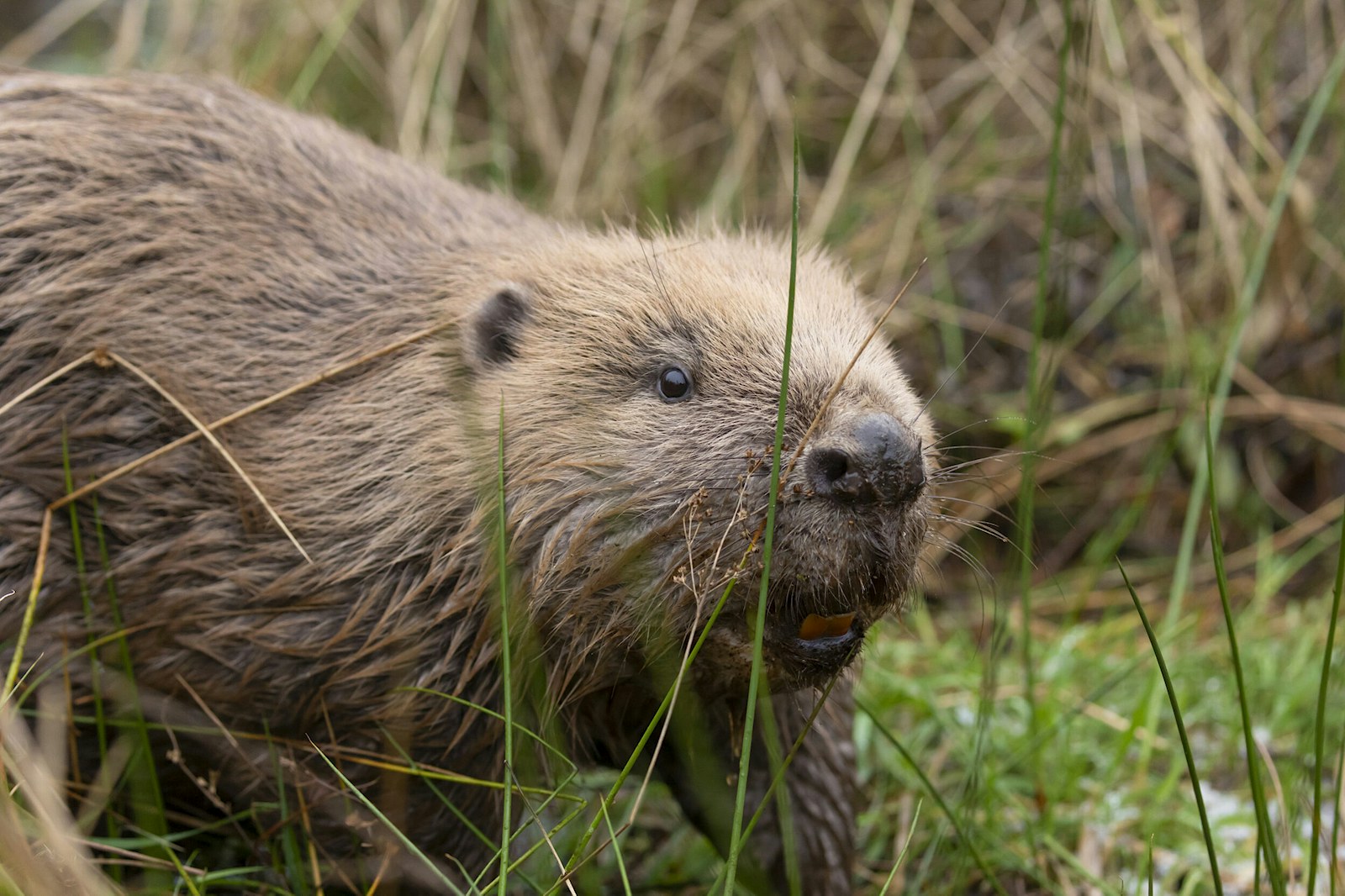
Beaver benefits
These instantly recognisable herbivores once had a transformative effect on the land. Thanks to carefully planned reintroduction projects that created the right conditions, beavers might live in harmony with us once again. Find out more about beavers.
In the past some of these cornerstone species have been persecuted out of existence in the UK due to conflict with humans. How can we make things different this time?
We got rid of lynx and wolves when hardly anybody could read. We live in a completely different age now. [Note: The Eurasian lynx went extinct in the UK around 1,300 years ago, and wolves sometime in the 18th century] This time we have understanding, we have technology, we have communication, we have studies. And one of the very important things about Cornerstones is that it doesn’t just explain these animals’ ecological functions, but it explores their economic functions.
Lynx in the landscape could be positively transformative for rural economies, and we need to demonstrate that the social benefits massively outweigh the drawbacks. Reintroducing the lynx would result in a strong net positive for arable farmers and foresters, because they keep roe deer on the move and help control the population, giving plant life a chance to regenerate.
Lynx keep badger numbers in check without the need for culling, so it’s a net positive for dairy and cereal farmers. And there’s also the argument that it would drive ecotourism as it does elsewhere. Yes, they do prey on sheep, but under very specific ecological conditions, which in the UK wouldn’t arise often enough, in my view, to drive even a single farmer out of existence.
“We are a part of nature, and we’re going to be much stronger and better if we start collaborating with other species.”
Can humans themselves now act as ‘cornerstones’ for positive change too?
For thousands of years, humans have created extraordinarily rich habitats for birds, mostly by accident. The orchard is the most amazing habitat. Walk into a traditional Hereford orchard, you can find thousands of birds – fieldfares, redwings, mistle thrushes. Now that was a primate, ourselves, that went about growing fruit trees. That’s ecological genius. These habitats can be home to a very large proportion of the animals that would have used the primaeval forest.
We’re also the only species on Earth to come up with the hay meadow, which has more flowers than the Serengeti per square metre. So we can create some pretty amazing habitats ourselves, but I think we need to stop pretending that we’re not a part of nature. We are a part of nature, and we’re going to be much stronger and better if we start collaborating with other species.
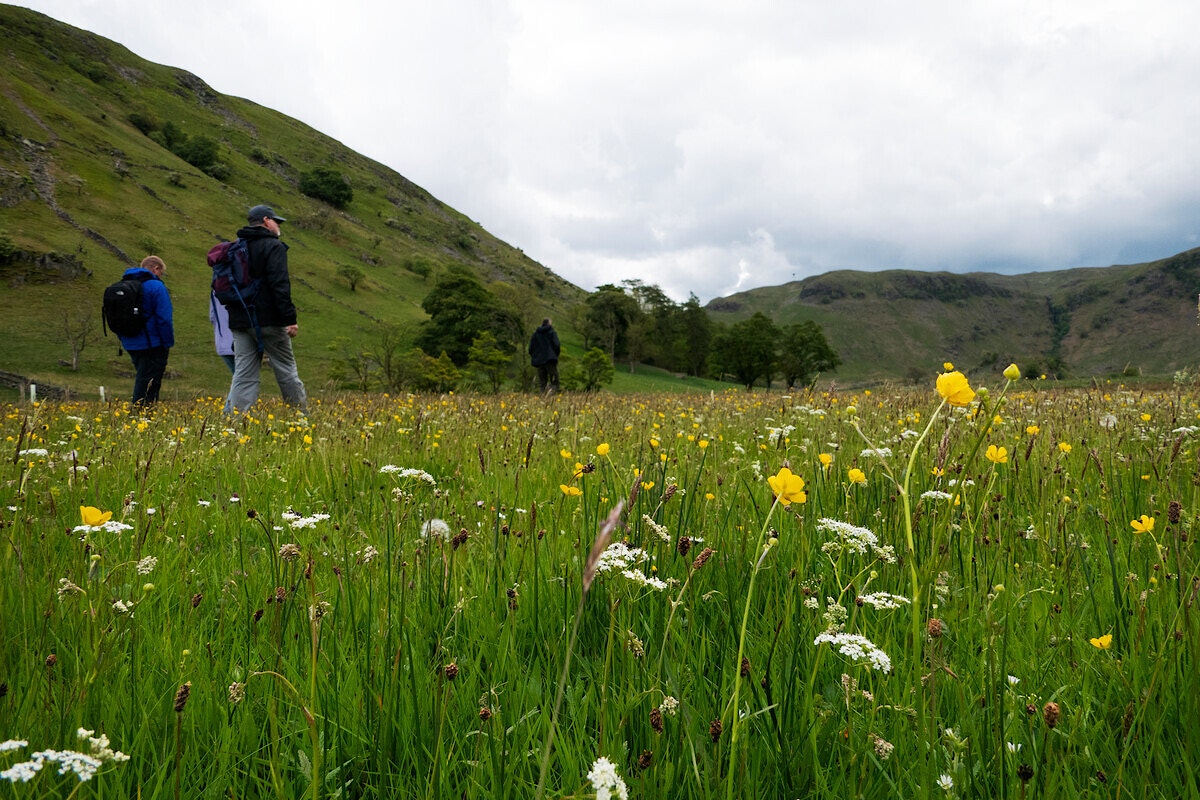
How hopeful are you for the future?
Fundamentally in Britain, we need to be rewilding the land at scale. And I believe landowners and the economy have a very important part to play.
Protectionists want to keep all these habitats in a state of arrest and are profoundly afraid of the wonders of the natural world and ecosystem dynamism. But I’ve learned since writing Rebirding that a huge range of people, from farmers to landowners to NGOs and philanthropists, are all driving things forwards on very ambitious rewilding schemes and restoration schemes.
And often it’s not because they’ve been bashed over the head with it by environmentalists, they’ve been doing it anyway. You’ll find somebody has been quietly rewilding in the Norfolk Broads for years with the most extraordinary swallowtail population. They’re very private and shy, they never talk about it, but they’ve still achieved extraordinary things.
The above is a summarised transcript of an interview with Ben Macdonald.
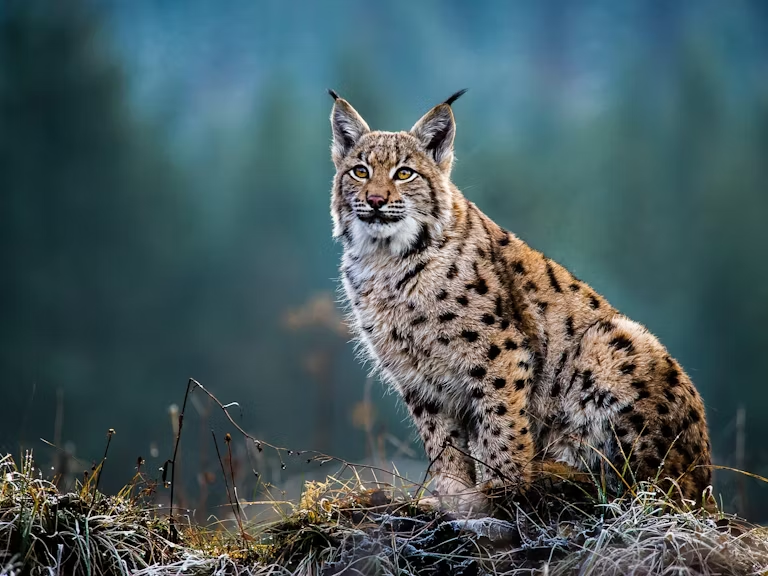
Push for change
Urge your local leaders to act wild and commit to supporting the Rewilding Manifesto.
Email your MP
Our vision
We have big ambitions. Find out what we’ve set out to achieve through rewilding.

Rewild your inbox
Wise up with the latest rewilding news, tips and events in our newsletter.
Sign up now